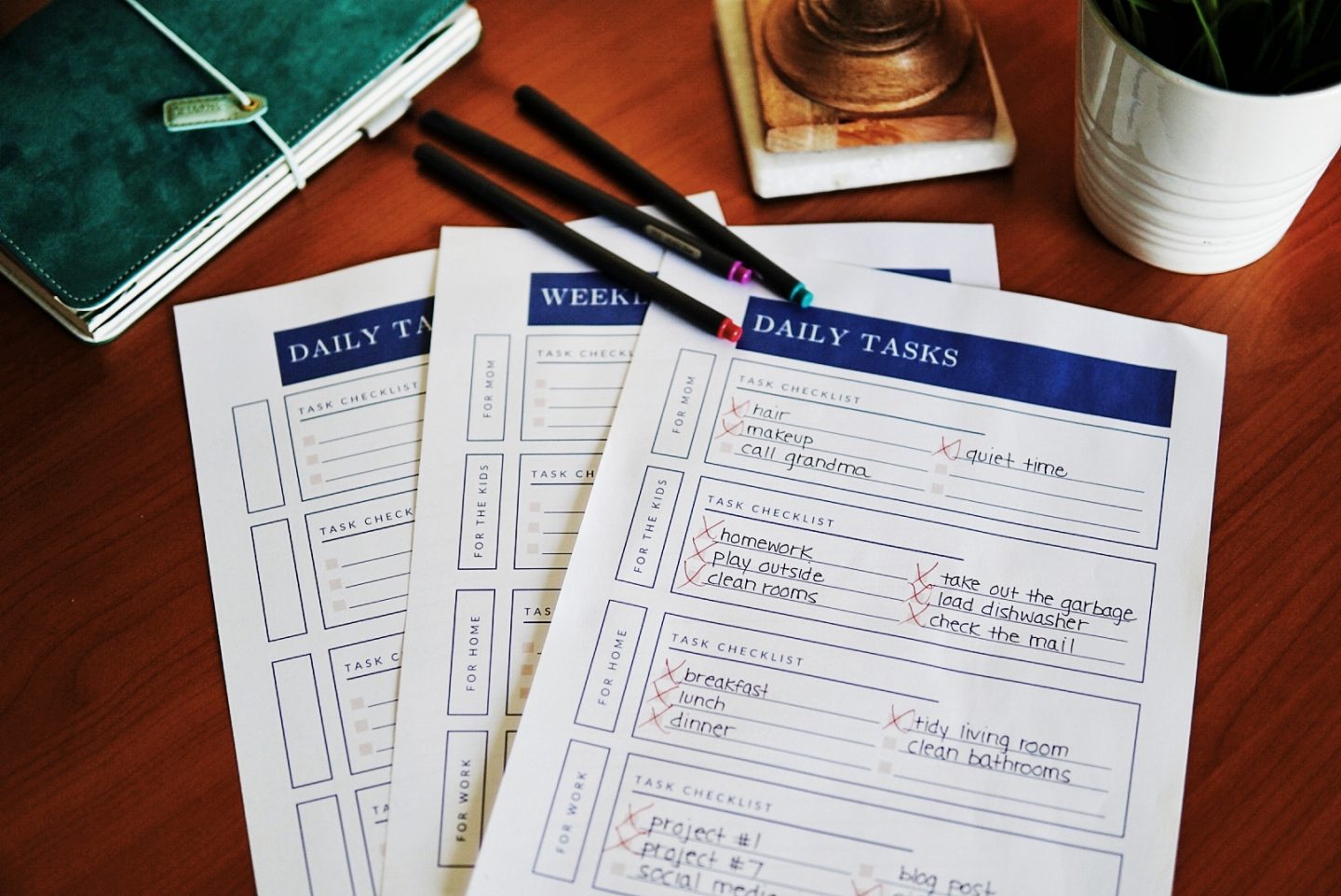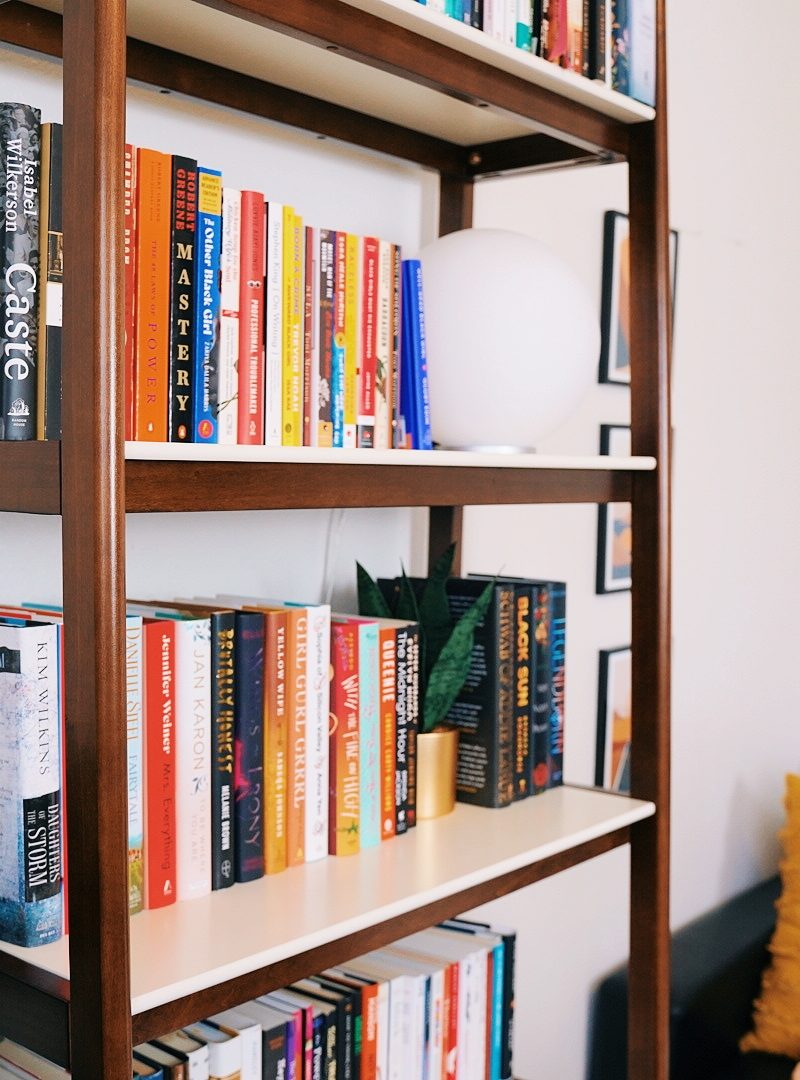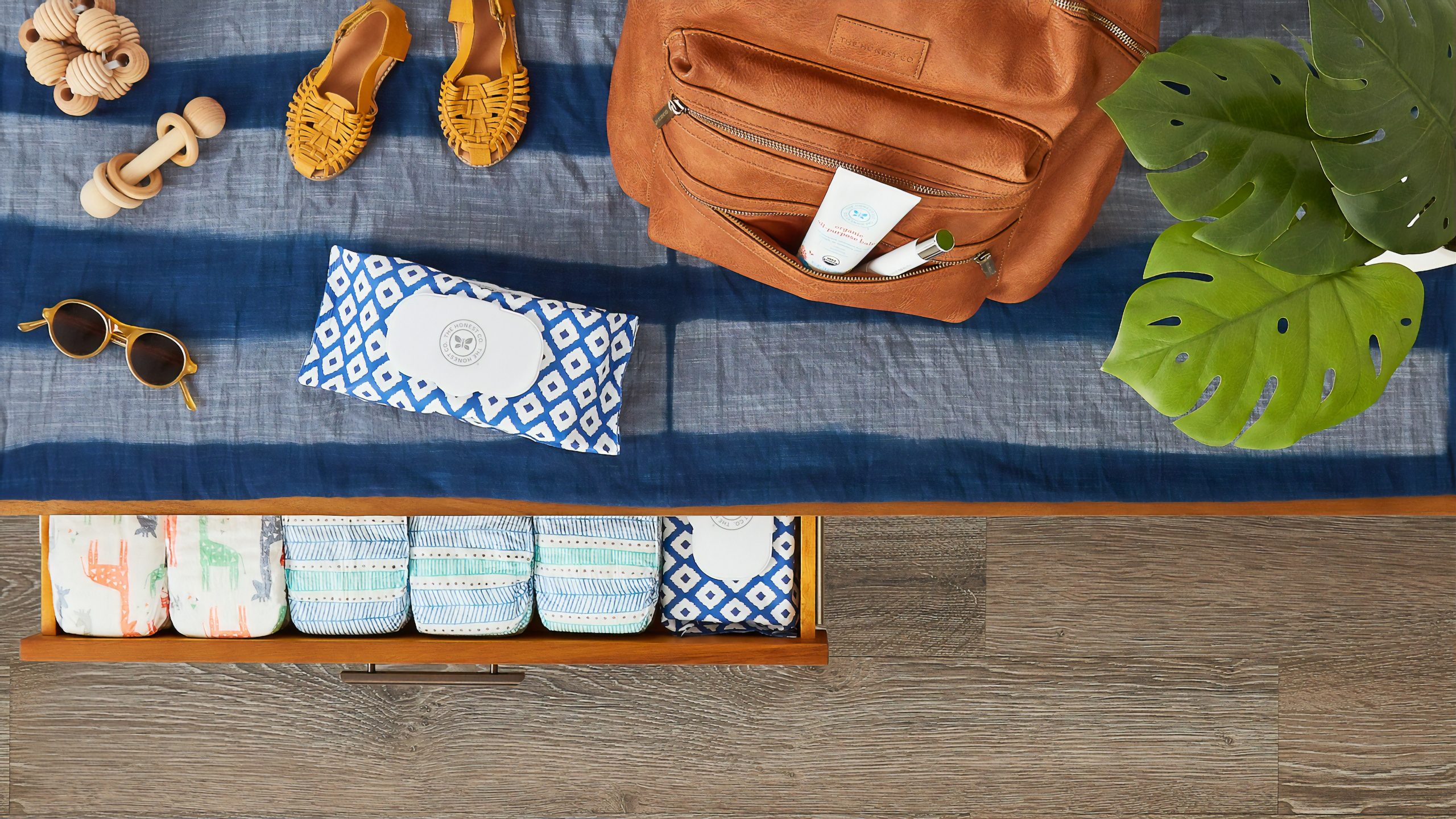As a stay-at-home mom and entrepreneur, I thrive on routines and schedules. Because I work from home, my productivity is dependent on how well I schedule and execute my days. With my kids constantly needing my attention, I create daily routines to help manage my time and our home.
This post contains Amazon.com affiliate links. If you click through and make a purchase, I may receive a small commission at no extra cost to you. You can find my full disclosure page here.
I know what it feels like to not have enough time in one day. It’s frustrating knowing that you have so much to do in so little time. So how do I find time to get it all done? Here’s the secret, I don’t. However, I have learned how to manage my time so I get most of it all done. Time management is the key to creating routines that work for you, and in this blog post, I’m going to teach you how I create daily routines that will actually work for you and your family.
Whether you are a stay-at-home mom, career woman, student, or entrepreneur, creating daily routines for yourself and your children can help to make your life easier. Studies have shown that children flourish with schedules and routines, and quickly adjust to them. As you enforce the schedule, they will fall in line – no matter how old they are. Honestly speaking, it was harder for me to adjust to a structured routine than it was for my kids. 🙃
Determine Your Priorities
I am a firm believer that every mother, child, and family dynamic are different. Therefore, your schedules and routines should reflect the needs of your family. No two families are the same, so the schedule I create for my family may not work for your family. To create a daily routine that serves you and your family well, you will need to understand what matters to you most.
Before creating schedules and routines, you need to ask yourself, “what matters most to me”? This will help you to eliminate the unnecessary tasks and time-wasters that may be stealing your time throughout the day. By adding priritoes to your schedule, you will have less time for mindless tasks, and more time for the tasks that matter most.
- Is spending time together with your family a priority for you? Add “family time” to your routine.
- Is prayer a necessity for you? Add “quiet time” to your daily schedule.
- Do you want to get into shape? Add “gym time” to your priorities.
If you are a busy mom like I am, be sure to schedule naps, breaks, and quiet time to ensure you are taking care of yourself throughout the day as well. No task is too minuscule to add to your daily schedule (even if it is already a habit for you). If you write a task down on paper, you are more likely to actually complete it.

Sticking to Your Schedule
To create a daily routine that actually works, you will need to give yourself and your children grace about sticking to the schedule. Many times, people get so caught up in the “sticking to the schedule” they forget to enjoy the moment. I don’t use a schedule on the weekends, because the things we do during the week aren’t the same as the things we do on the weekend. Life happens, surprises will arise, and children are unpredictable. Some days may go perfectly, while others may end in chaos. Every day is different, and everything won’t always go as planned – and that’s OK. That’s life. Don’t allow the pressure of sticking to a routine discourage you from using them. When creating your schedule, you are in charge. Remember, schedules and routines are created to serve you, not to dictate your life. Don’t be afraid to stray from the routines or switch it up when you need to.
Creating a daily schedule helps you to manage your life and can change often if necessary. In addition to you and your children all being different and unique, each one of you is also learning and growing with each passing day. Routines and schedules should change just like the people using them do. Maybe as your children grow older, you choose to use a morning routine and allow them to play and have free time for the second half of the day. The routine you create for your family today may not be the same routine that works for this time next year. There isn’t a family schedule or routine that is “one size fits all”. Therefore, create your daily routines based on your needs and the needs of you and your children.
Keeping Track of Your Schedules and Routines
There are many ways to keep track of your daily routines. Some people like to use scheduling apps, while others like to use planners and charts. I’m one of those pen-to-paper people who like to see my schedule visually in front of me. I also like to use checklists and charts to help hold me accountable throughout the day. Here are a few of my favorites:
Apps
Planners
- Day Designer for Blue Sky Daily & Monthly Planner
- Day Designer Mini Daily Life Planner and Agenda
- Passion Planner
Wall Calendars
- Day Designer Monthly Wall Calendar
- Cambridge Academic Wall Calendar Work Style
- Dry Erase Monthly Calendar Set
Pens and Highlighters
- iBayam Journal and Planner Fine Point Markers
- Zebra Mildliner Highlighter Set
- Paper Mate Flair Felt Tip Pens

Preparing For the Day
Having a great day depends on how you end your night. To ensure I have a great start to every morning, I begin to prepare for the day beginning the night before. I create my schedule before I go to bed to remove the hassle of preparation in the morning. The more I do to prepare, the better. Before I go to bed, I clean the kitchen so that in the morning the kitchen is ready for me to cook breakfast. If I have somewhere to go, I choose my outfit the night before so I can wake up and get dressed right away. On days that I don’t get a good night’s sleep, it’s harder to jump-start my day. Having a cleaned and prepped home makes waking up every morning less stressful.
At the end of each night, I set aside 30 minutes before I go to bed to do a few things to “reset” the house and prepare for the next day. I tidy up the living room, clean the kitchen, and wash all dishes. By spending those additional 30 minutes preparing the house the night before, I eliminate some of the work I would have had to do the next day.
Before bed, I jot down all the tasks I need to complete for the next day. I quickly make a schedule to follow and create any additional lists if I need to go to the grocery store or run errands. Having all my lists and schedules ready and available when I wake up takes the stress out of deciding what to do in real-time.

My Easy 3-Step Process to Create Daily Routines for You and Your Kids
When creating schedules and routines, I use a simple 3-step process that takes no more than 15 minutes to complete. The steps are simple, and I use the same process whether I am creating a daily schedule, morning routine, an evening routine, or my work schedule for the week. Use this process to create daily, weekly, and monthly routines to keep you and your kids organized and stress-free.
Step 1: Take inventory of your day.
Before you begin to create daily routines, you first must take inventory of your to-do’s, chores, and priorities for the day. To take inventory of your day, grab a sheet of paper, and make a list of the most important tasks that must get done for the day. You don’t have to list them in any particular order just yet, we will get to that part later.
If there is a task that you complete daily or very often, you will add it to your task list. When listing all of my tasks for the day (or for the week) I like to break my tasks into categories to ensure I don’t forget anything. My categories are:
- family tasks
- home tasks
- work tasks
- personal tasks
For example, meals are a necessity, so I add breakfast, lunch, and dinner to my task list. These tasks are normal behavior, but should still be written down as you create daily routines. When writing your tasks, don’t forget to add breaks to your task list to make sure you get the time you need to rest and recharge throughout the day.
Here’s an example of how I decide on the other tasks for my day:
- I like to have alone time to pray, journal, and read the bible, so I add “quiet time” to the task list under “for mom”.
- Because I have a two-year-old, naps are a must for us so I add a nap to the task list under “for the kids”.
- My older two children are being homeschooled due to the shelter-in-place order, so I have added schoolwork to our daily task list under “for the kids”.
- I wash the dishes and tidy the living room every day, so I add these tasks under “for home.”
- I’m an entrepreneur, so I list my individual work tasks for the day under “for work”.
Step 2: Create time blocks for each task.
Now that you have your daily list of tasks listed in front of you, now it’s time to determine how long it will take you to complete each task. When completing tasks, I like to work in time blocks. Time blocking is a planning technique used to dedicate a set amount to time to a specific task. Working in time blocks ensures you have enough time to complete each task. Set a timer or watch the clock to ensure you are staying within the time allotted for each task.
Here are a few examples of time blocking:
- It takes about ten minutes for me to prepare breakfast and twenty minutes for us to eat. So next to “breakfast” I will write “30 minutes”.
- My two-year-old generally naps for 2 hours a day, so next to “nap” I will write “2 hours”. Small kids are very unpredictable, so I am very flexible when it comes to time-blocking tasks for him. If he wakes up before the two-hour mark, I will allow him to play freely. If he wakes up after the 2-hour mark, I will serve him lunch as soon as he wakes up. Either way, I find myself adjusting his time blocks often.
- If I have a larger task that needs to be completed by the end of the week, I will block a little bit of time each day to work on the task until it is fully completed.
Step 3: Schedule your tasks into your calendar.
It is time to schedule your tasks for the day. I like to use a calendar or a planner with time slots for this step.
Using the task sheet in step #2, consider the amount of time each task takes, add your tasks to your schedule. Leave a 10-15 minute time slot between each task. Scheduling extra time between each task allows you to remain flexible as life happens.
If there is a task you don’t get to start or finish, instead of adjusting your time slots or rearranging tasks to try and finish it, add it to your list of things to do tomorrow.
Using a Color Key
When scheduling tasks for the day, I create one color-coded master schedule to view throughout the day. Depending on the workload for the day, I may choose to use multiple schedules, but overall I like to keep it simple and keep one schedule for the entire family. When adding tasks, I use different color codes to represent each person in our family to help ensure all tasks get completed for the day.
And that’s it! Now you have a fully functioning schedule and routine that is ready to use!
Do you use daily and weekly schedules to manage your home? Let me know how you manage your day in the comments below.






Leave a Reply